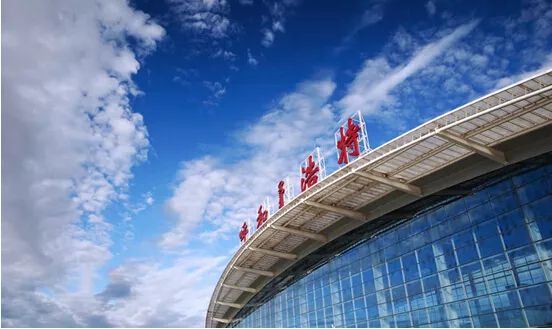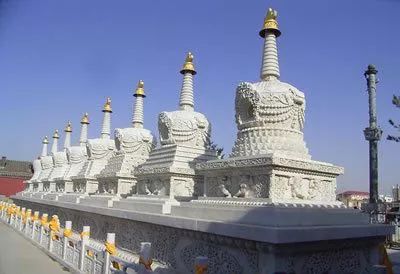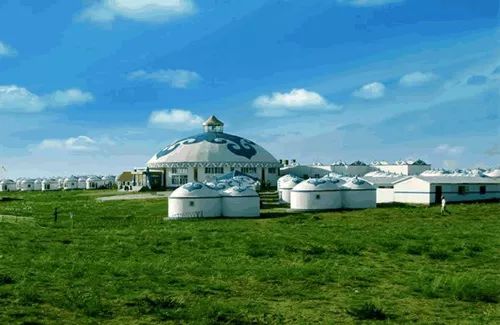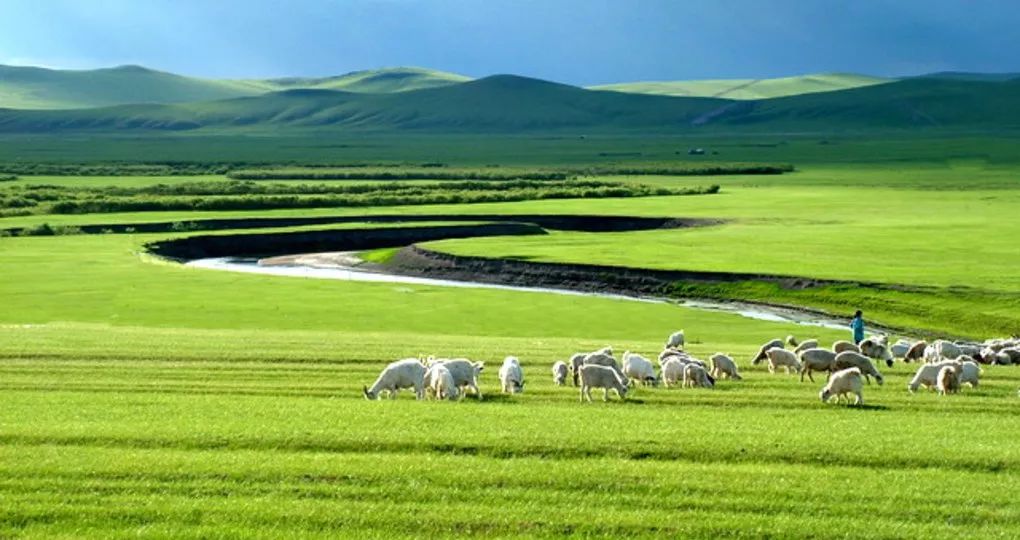欢迎访问ICNC-2025网页!
Genghis Khan united the tribes living in Mongolian grasslands in 1206. Inner Mongolia came into being in 1947. Inner Mongolia stretches through the widest longitudes in China, with vast outstretching grassland and deserts as well. The capital of Inner Mongolia Autonomous Region is Hohhot. Hohhot means blue city in Mongolian.

Hohhot is a historical and cultural city.It is one of the origins of the Chinese civilization. As early as 500 000 years ago,it had already presented the dawn of the humancivilization. Whether it is from the“Dayao Culture" site of the ancienttimes,or the "Yun Zhong Ancient City" site of the Warring States Period or the Temple Arts of the Ming and Qing periods,they have all recorded long history in Hohhot and have all revealed the great and romantic charm of the well known city beyond the Great Wall.
Hohhot is located in the temperate hinterland and belongs to the northwest continental climate. The urban area is averagely over 1 050 meters above the sea level. Here,there is no heat in summer and no severe cold in winter. There is a clear distinction between the four seasons with an average temperature of about 8 degrees Centigrade throughout the year.
Of special interest to tourists is the Mongol summer festival called Naadam,usually held around mid-August. The festival features traditional Mongolian sports such as wrestling,horse racing,camelracing,and archery,mostly based on nomadic military skills. The people are charming and wear their traditional costume during Nadamu Festival. The people are charming and wear theirtraditional costume during Nadamu Festival.

Wang Zhaojun was an imperial Han concubine more than 2000 years ago. 9. Zhaojun Tomb,which is called“Green Grave" of'‘Tmur Urhu:in Mongolian,is situated in the southern suburb of Hohhot,9 kilometers away from the urban area. It is said that it is the tomb of Wang Zhaojun-a maid in the imperial palace of the Emperor Yuan Di of the Han Dynasty-volunteered to marry the chief Huhanye of Xiongnu Horde as a peace envoy. The tomb is an artificial earthen mound with a height of 33 meters. According to the legend,grass on the huge mound never turned yellow even when late autumn the green came. Zhaojun Tomb is listed among the eight most popular scenic spots in Hohhot.

Dazhao Temple is in the old city of Hohhot.This is the earliest temple in Hohhot with a history of over 400 years. DazhaoTemple,‘Wuliang Si(Infinite Temple)'in Chinese .is the oldest building and the largest temple in Hohhot,Inner Mongolia.

Buiff in the Liao Dynasty(916一1125),the Wanbu Huayanjing(Ten Thousand Huayan Buddhist Scriptures)Pagoda is located in the east suburbs about 17kilometers(11 miles) from Hohhot City. Legend says that about ten thousand volumes of the Huayan Buddhist Scripture once were kept in the pagoda,hence its name. Due to lts white surface,the pagoda is also called the White Pagoda. In 1982,the Wanbu Huoyanjing Pagoda became a national key cultural relic site.

Gegentala Grassland is to the north ofHohhot,within the Inner Mongolia Autonomous Region. Itis the largest and a unique Mongolian scenic spot bearing the Mongolian ethical features of China. In Mongolian‘Gegentala' means a summer resort or the place of grazing in summer. On the grassland ,the weather is cool and the natural scenery is fascinating. With thriving grass and abundant water,the green of the grassland reach out as far as your eyes can see. Colorful wild flowers and flocks of sheep that look like masses of cloud make the scene absolutely beautiful.

Xilamuren Grassland is a typical altiplanoprairie,with exuberant grass and vigorous wildflowers in summer and autumn. Situated 100 kilometers (62miles) from Hohhot,the grassland is also known as Zhaohe because of its Lama Puhui Temple. Behind Puhui Temple flows Xilamuren River, yellow river in Mongolian.Tourists can go across the bridge to Abinlebao Hill to admire the boundless prairie. Aobao,a stone pile, was originally a land mark in the boundless grassland. As the grassland was far away from mountains,people gradually began to regard aobao as a mountain where they could worship gods. Such worship ceremonies can last several days and are also used as an opportunity for young people to date.The famous folk song Date ataobao may be a product of this custom. It is also said that if you pick up a stone and walk around aobao three times in a clock wise direction,make a wish,and then put the stone back at aobao,your wish will be fulfilled.
Copyright© 2025 All Rights Reserved.